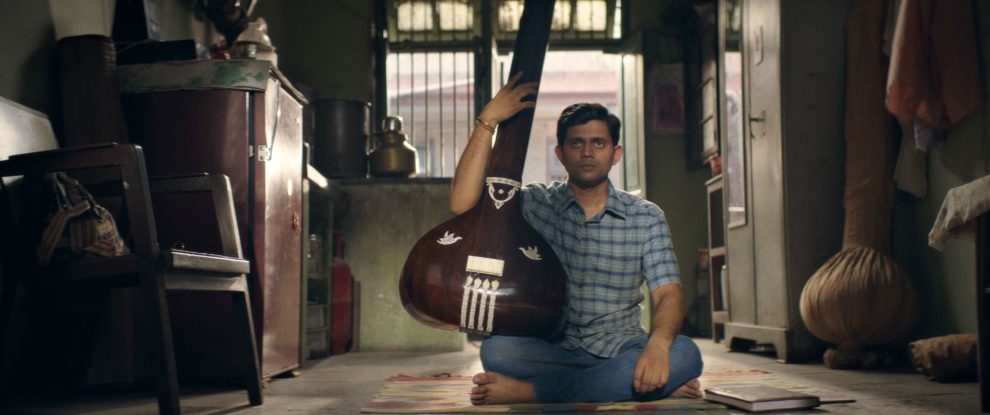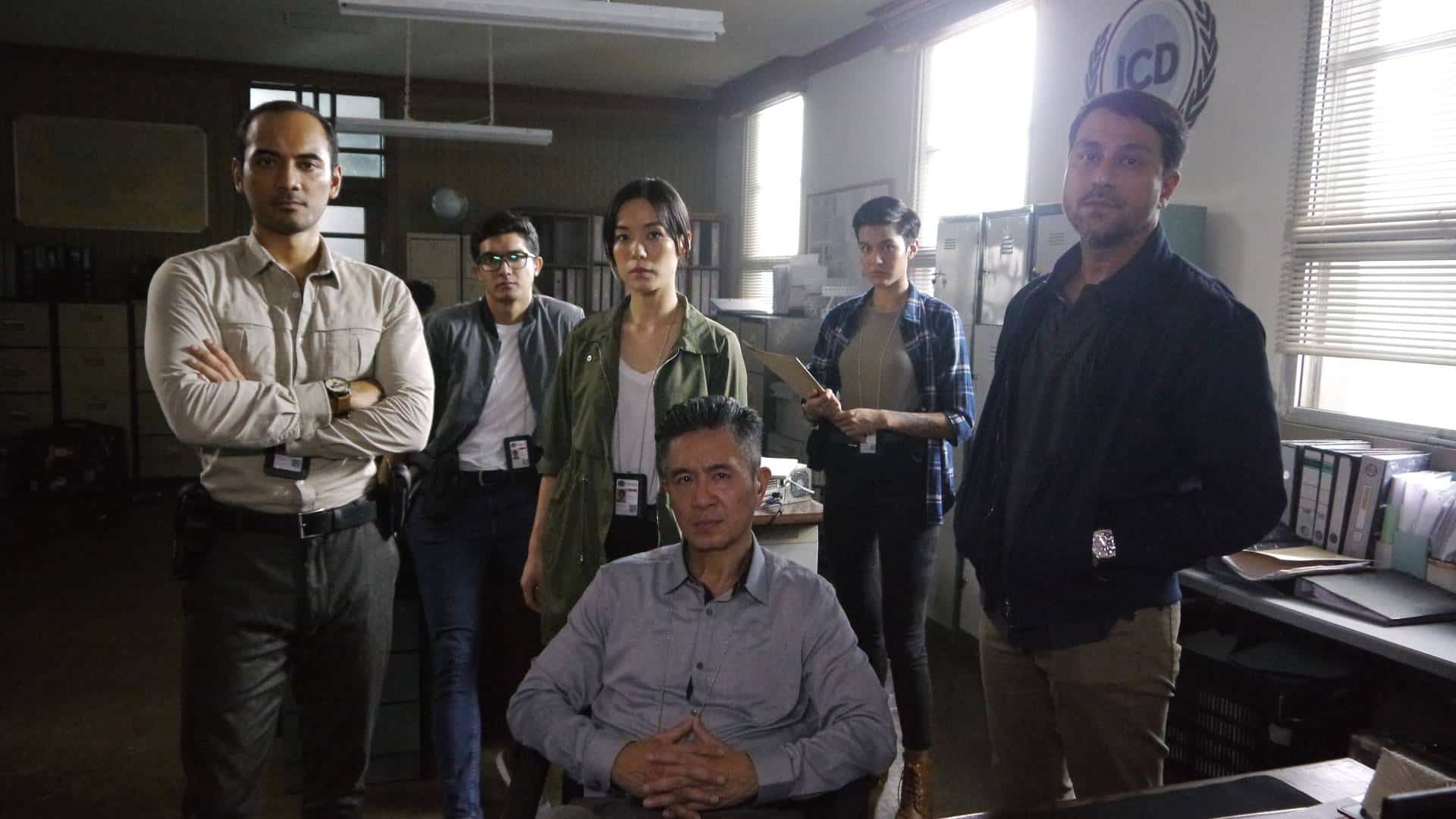For a layman, the world of Indian classical Hindustani music is impenetrable. Music, like other forms of arts, carries out the purpose of evoking an aesthetical introspection in a person. This experience may even seem transcendent when it brings a collective cleansing of emotions analogical to a catharsis known from the ancient theatre to the audience. A chant, gita, takes a privileged place among other art forms because of its ability to influence the emotions of the audience with both tunes and lyrics. The dominant position of singing in Indian classic music has restricted the role of harmony which is so crucial in Western tradition. The melody and the rhythm lead the way instead.
Although anyone can simply enjoy Hindustani music, it requires real competence—and patience— to understand its complexity and appreciate the artist's craftsmanship. Compositions develop slowly, taking shape and gaining ornaments before they reach culmination. One raag, a melodic framework for improvisation, can last several dozen minutes, and you hear stories about artists who were so immersed in their performance that they lost the track of time. However, despite its improvisational nature, the rules of Indian classical music are strictly codified. Thus, before performers can afford the freedom of improvisation, they need to understand those rules and follow them. A particular raag has a structure, and only within this definite structure one can search for a unique expression.
The hermetic world of classical musicians and the beauty of the tradition, in which two performances of one raag can't be the same, has long fascinated Chaitanya Tamhane. The director, who made a memorable debut in 2014 with the Venice-awarded “Court”, crafted “The Disciple's” script after a meticulous research and numerous talks with musicians. Tamhane's take on the subject is neither a quasi-documentarian report on the classical scene nor a nostalgic journey to the roots of tradition. It also isn't a reflection on art per se. “The Disciple” focuses on a human who committed himself to music implicitly. He walks a rocky path of self-improvement in a never-ending search for an evasive ideal. This human, full of hopes, dreams, and worries, seems painfully common when ambitions surpass his modest talent.

Don't expect a generic biopic about a rise from an adept to a virtuoso. The contemplative work of Tamhane is far from those clichés. The movie is like a raag, slowly establishing its tempo, adding recurring themes, and allowing psychological nuances to reverberate. Its protagonist, Sharad (Aditya Modak), is a young male preparing for the profession (or we should more adequately call it “vocation”) of a musician. He follows the centuries-old tradition of guru-shishya, a student and a master. In old times, music wasn't taught at universities and there were no written sources codifying and aggregating its rules. It was a capital, a secret known to very few chosen, who gained a profession and respect from it. Masters were orally passing their knowledge to pupils who had to prove worth by dedication, compliance, and devotion. Often they lived with their gurus or even served them. Before they were ready to take the stage on their own, they were supporting the masters during concertos. In a modern world, this relation inevitably changed. Sharad sticks to tradition on his apprentice path. He practices tediously and ad nauseam. Staying faithful to his sole guru, he helps him with mundane activities.
Sharad's guru-ji (Arun Dravid) is a white-haired old man whose voice now trembles too often. He keeps performing, though it's not the artistic imperative for him, but the prose of life—the necessity to earn a living to be precise. However, when he talks about music, he talks with elation. The guru doesn't seek the limelight, nor he accepts commerce. Having rejected concert hall fame, he shares his art in small auditoriums with scarce enthusiasts who can appreciate true art. Ironically, patrons inviting him often forget about his royalties and travel reimbursements, as if they expected him to perform for the eternal glory and feed himself with tunes.
Sharad accepts (though not without rage) that it will take years before he shines. There's hardly space for anything but music in his life. To earn a living, he works in a small phonographic company digitalizing old recordings. He lives with his grandma and regularly deflects his family's inquiries about marriage answering that he will have time for family when he's in his forties. His everyday routine is nothing like the quasi-mystical biographies of the greatest musical masters filled with legends posed as truths. For his passion, Sharad pays a price of alienation and loneliness. We observe him performing a solitary ritual when he masturbates to the monotonous accompaniment of video porn.
On different occasions, the camera follows him riding his motorbike through a dense Mumbai night. Those slow-motion scenes, driven by the hypnotic sound of tambura, seem trance-like and oneiric as Sharad listens to the secret recordings of the bygone songstress, his guru's mentor. The mysterious artist, affectionately nicknamed Mai (voiced by the late Marathi director Sumitra Bhaave), shares her philosophy of music and life. Sharad, listening to those lectures, looks for motivation and enlightenment. To him, Mai's revelations are the essence of truth guiding him on a pathway to ideal. Someone else could dismiss them as affectionate and pompous claptraps. Sharad needs these affirmations as he often doubts if his sacrifices are worth it or whether the mastery he desires is even possible.
Tamhane shifts between timeframes and shows Sharad at three different stages of his life and artistic maturity. Sometimes, he's shown as a child given the love for classical music by a father who was passionate about art but deprived of the divine spark of true talent. Sometimes, as the aforementioned doubtful student. Finally, as a mature man, a respected music teacher, watching TV talent shows, whose attendants sell their individualism and succumb to artistic compromises. Sharad ponders his choices again. Maybe those who betray the ideals are right, because they attract an audience and interest of which classical musicians can only dream. Sharad's path is beautiful in its tragic ambiguity. In the end, he won't find riches or glory—only the awareness of staying true to himself and the humble acceptance of his own mediocrity.
“The Disciple“ is different in tone than “Court”. It lacks social activism and youthful zeal of accusations against the system. In his debut, the director was a distant observant registering the course of events, almost a documentalist. Now, with the help of Polish cinematographer Michał Sobociński, his observations gain a poetic touch. And the visuals are inseparably connected with the music. Tahane guides his cast with ease. He invited real performers, and both Aditya Modak and Arun Dravid, along with the actors accompanying them onstage, are real-life musicians. It gives a sense of authenticity to the movie.
Tamhane doesn't pick sides. He doesn't wonder if there's still space for a rigorous musical tradition, or it should adapt to the needs of a contemporary society. He neither mythologizes the art nor depreciates it. Instead, he deconstructs the from-rags-to-riches myth and the notion that hard work will yield results. The director portrays the mundane life of a musician but doesn't deprive art of an aura of mystery and magic. Sharad is a mirror in which the director watches himself as an artist: doubtful and sensitive, questioning his body of work. As a result, “The Disciple” is an expression of melancholic longing: for beauty, fulfillment, and absolute.














